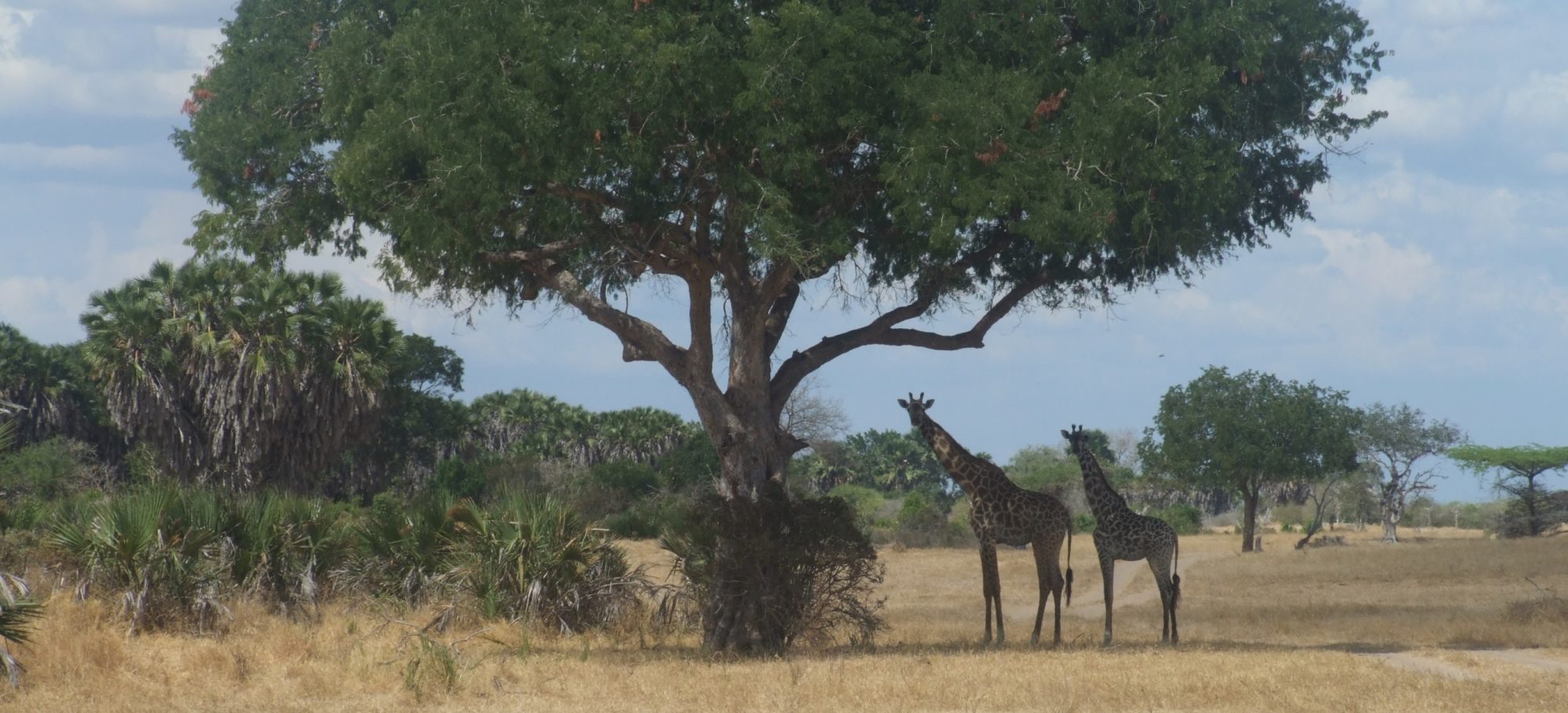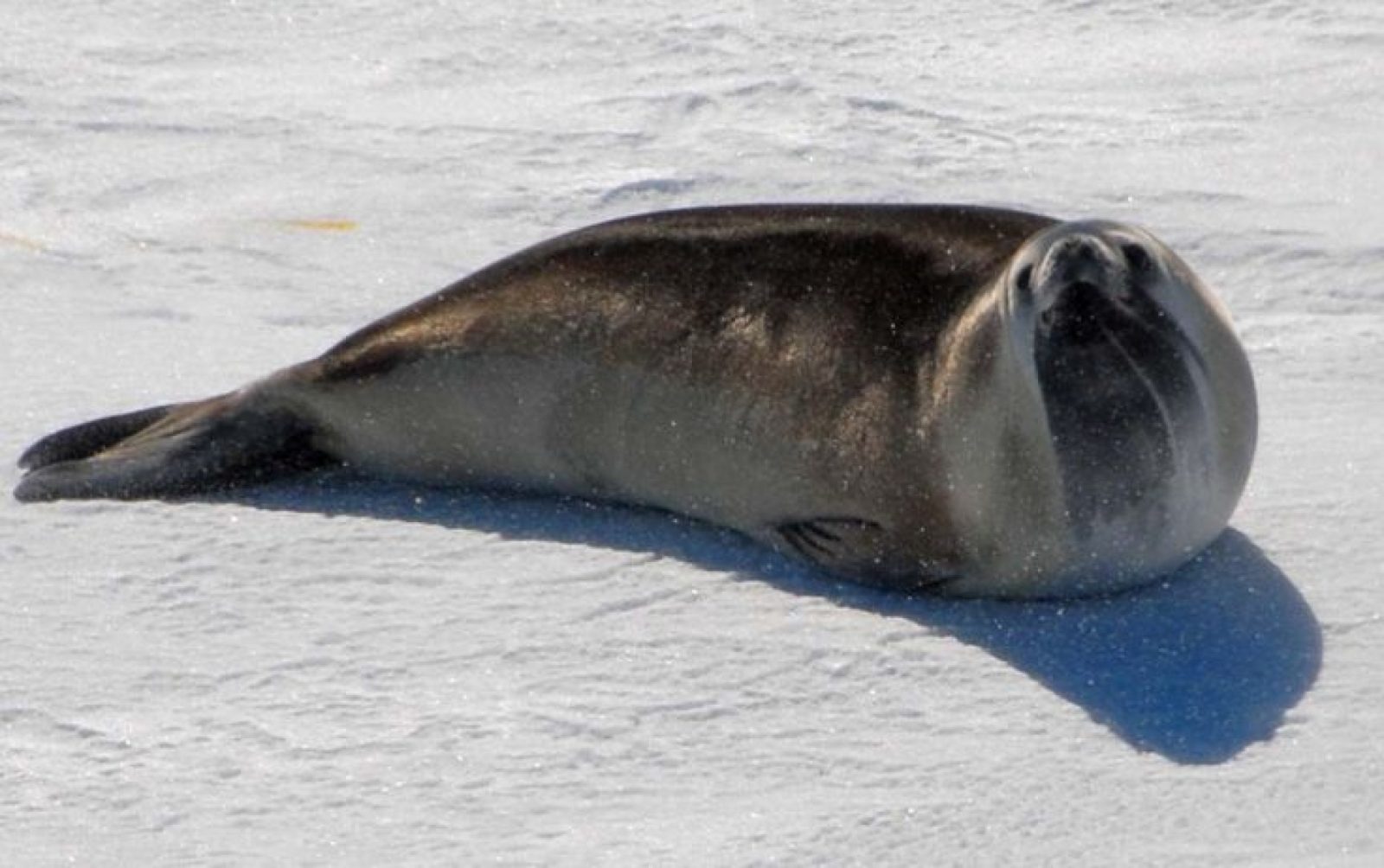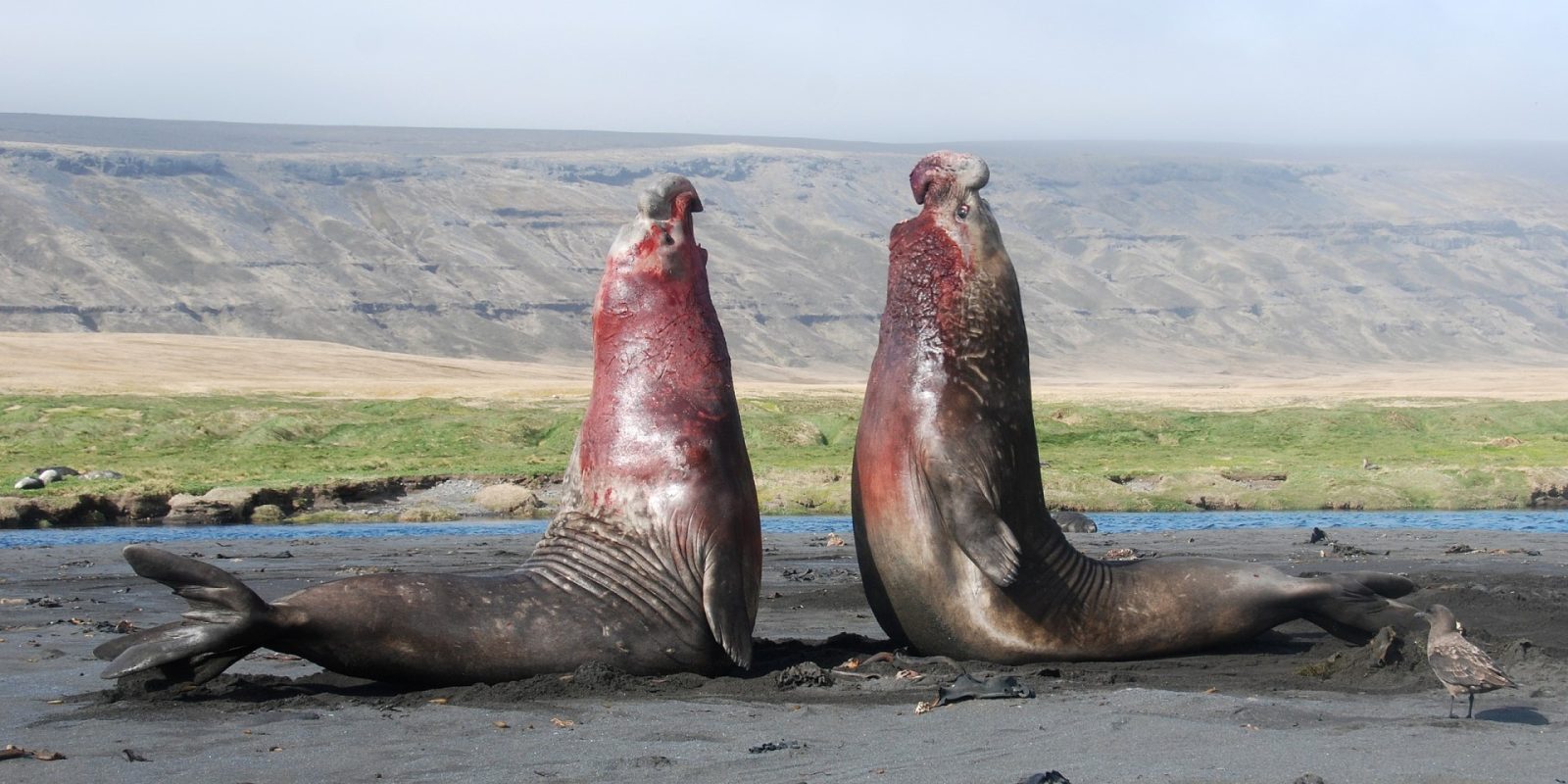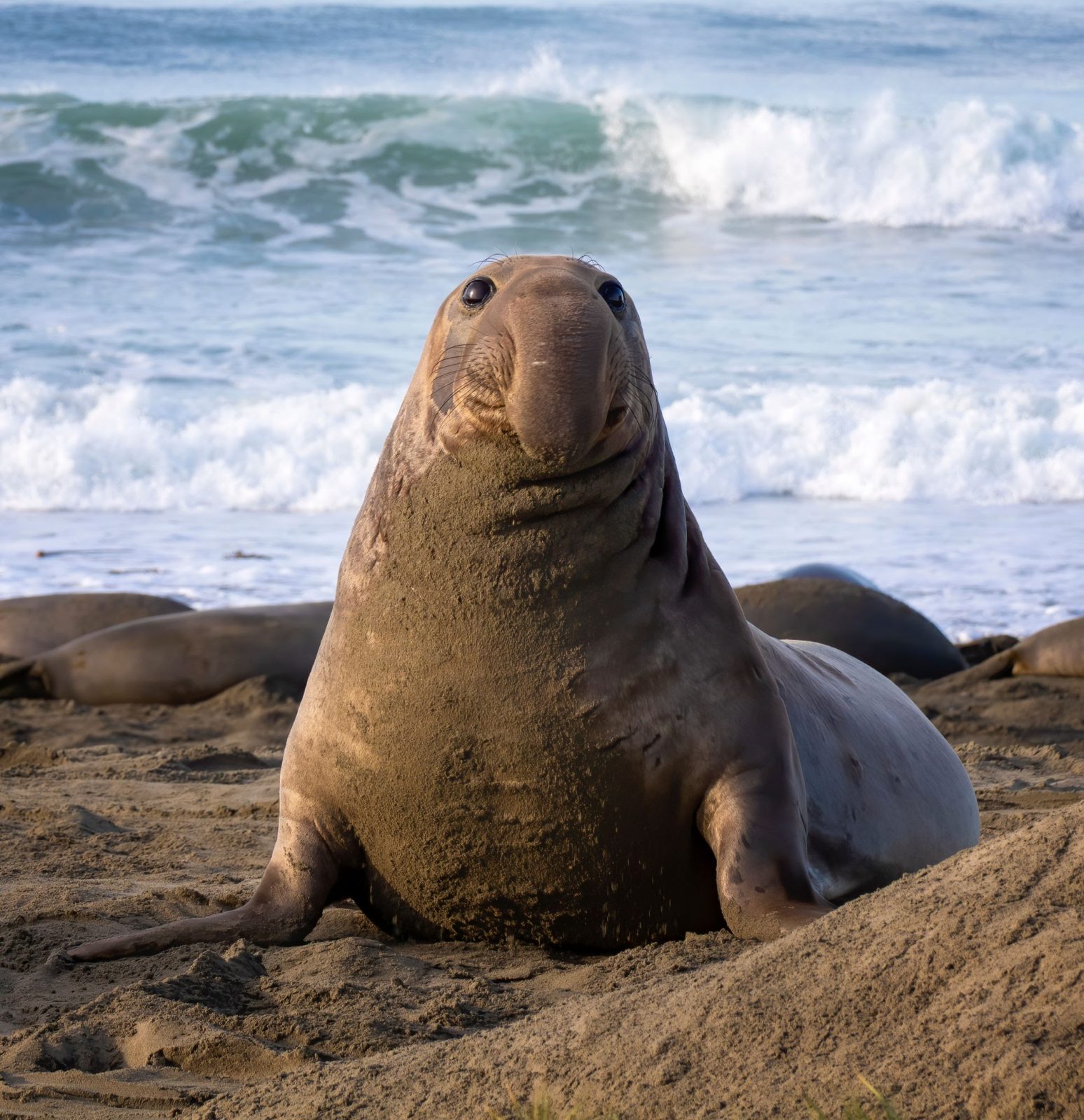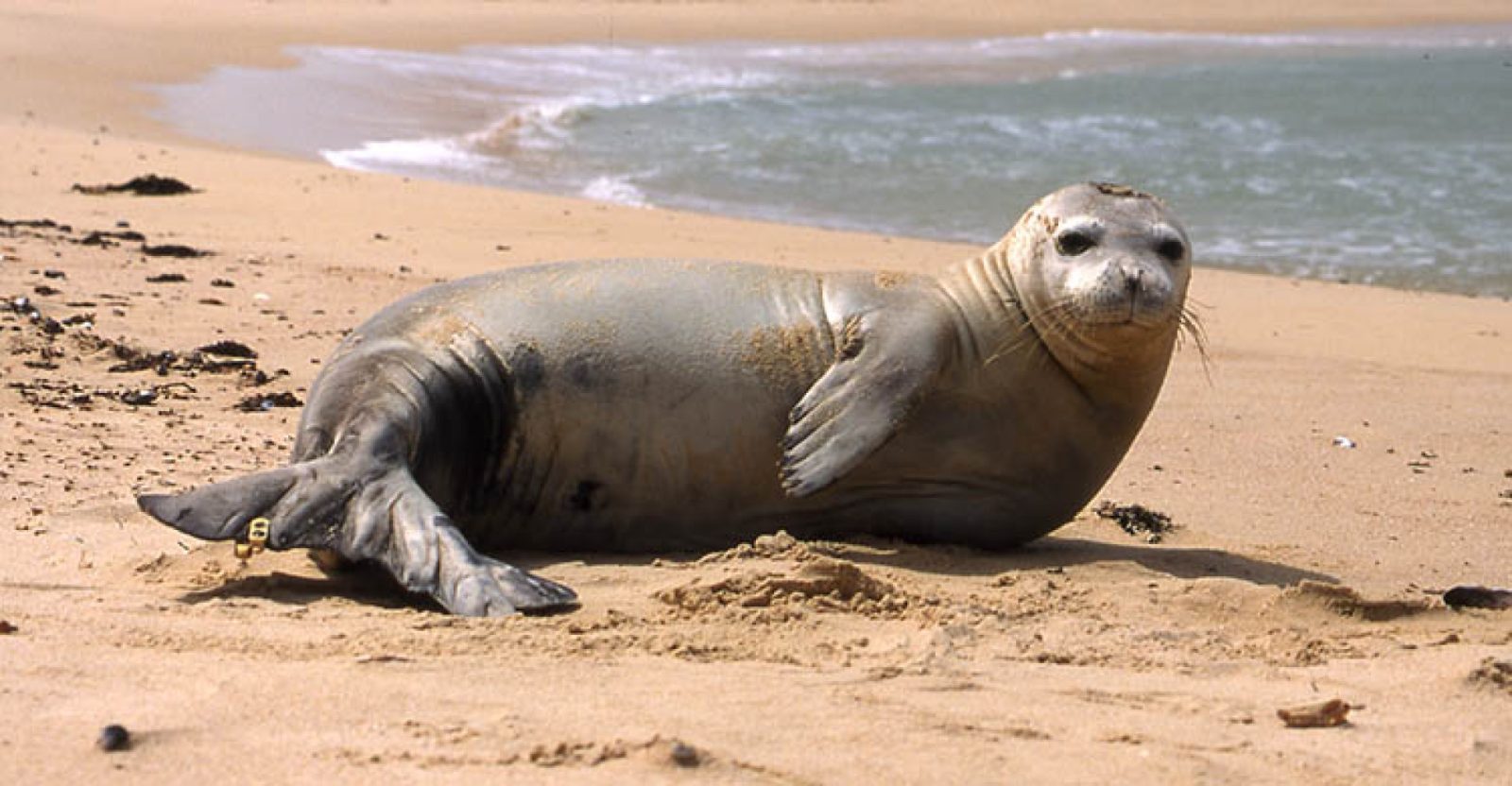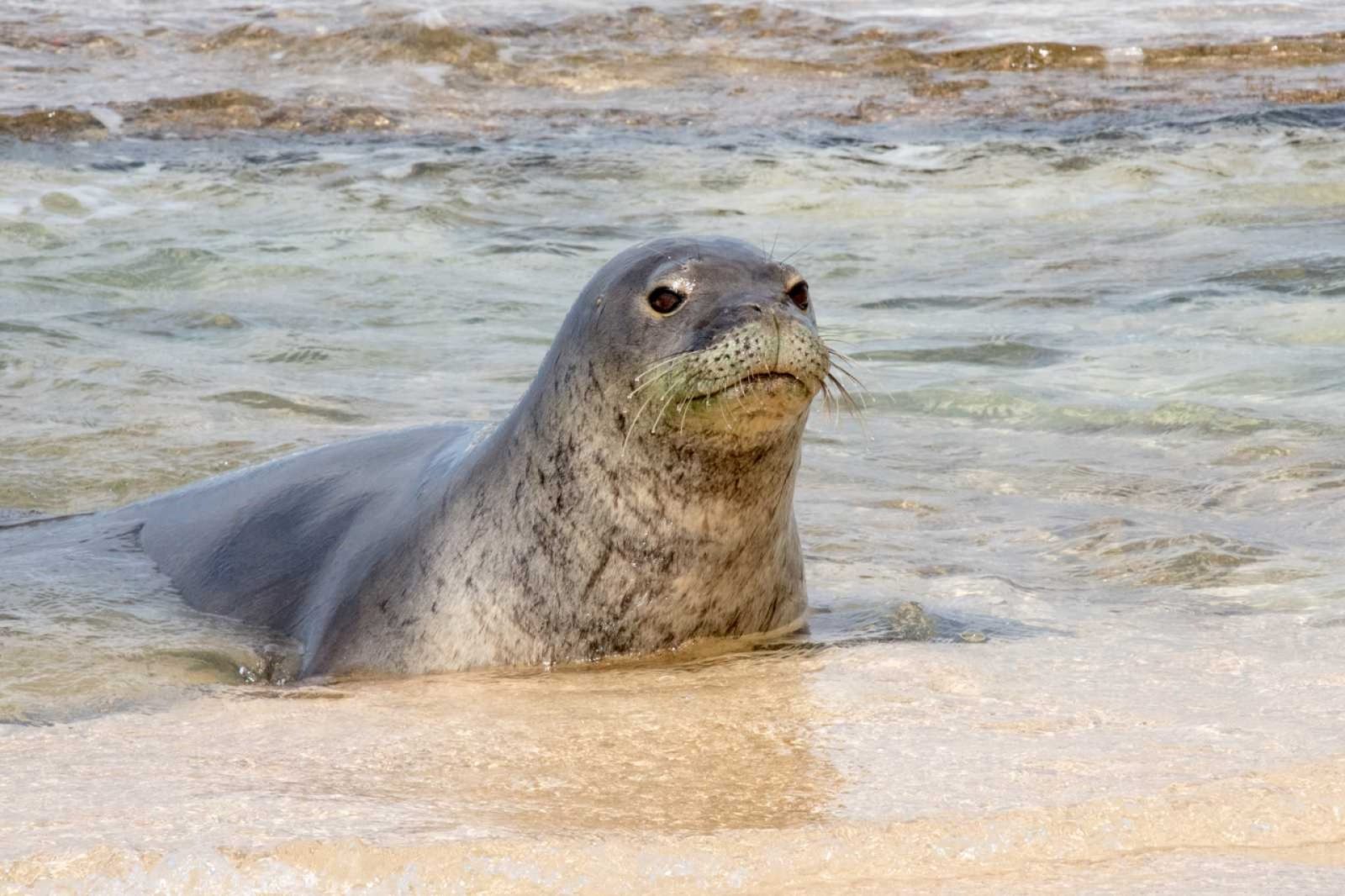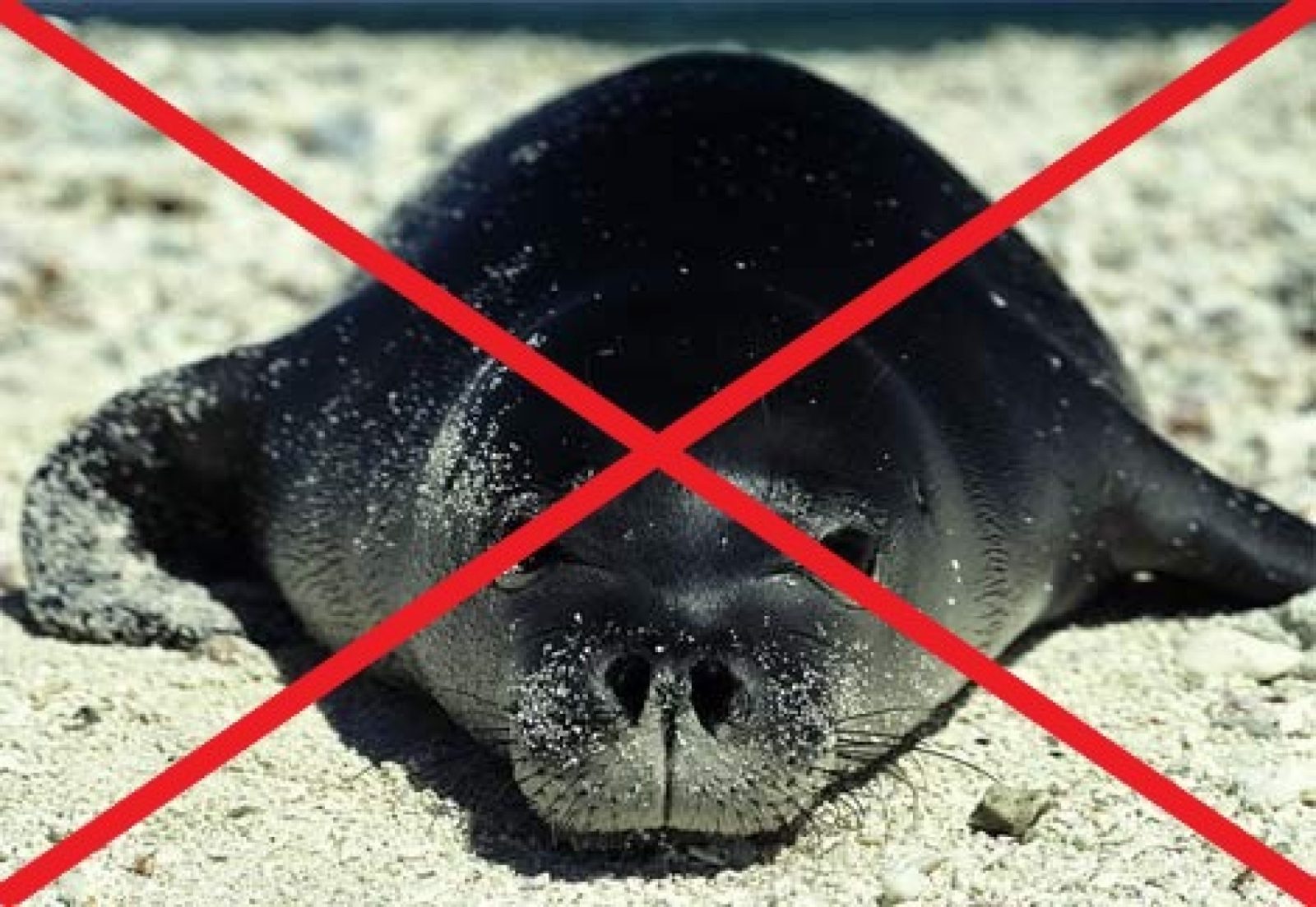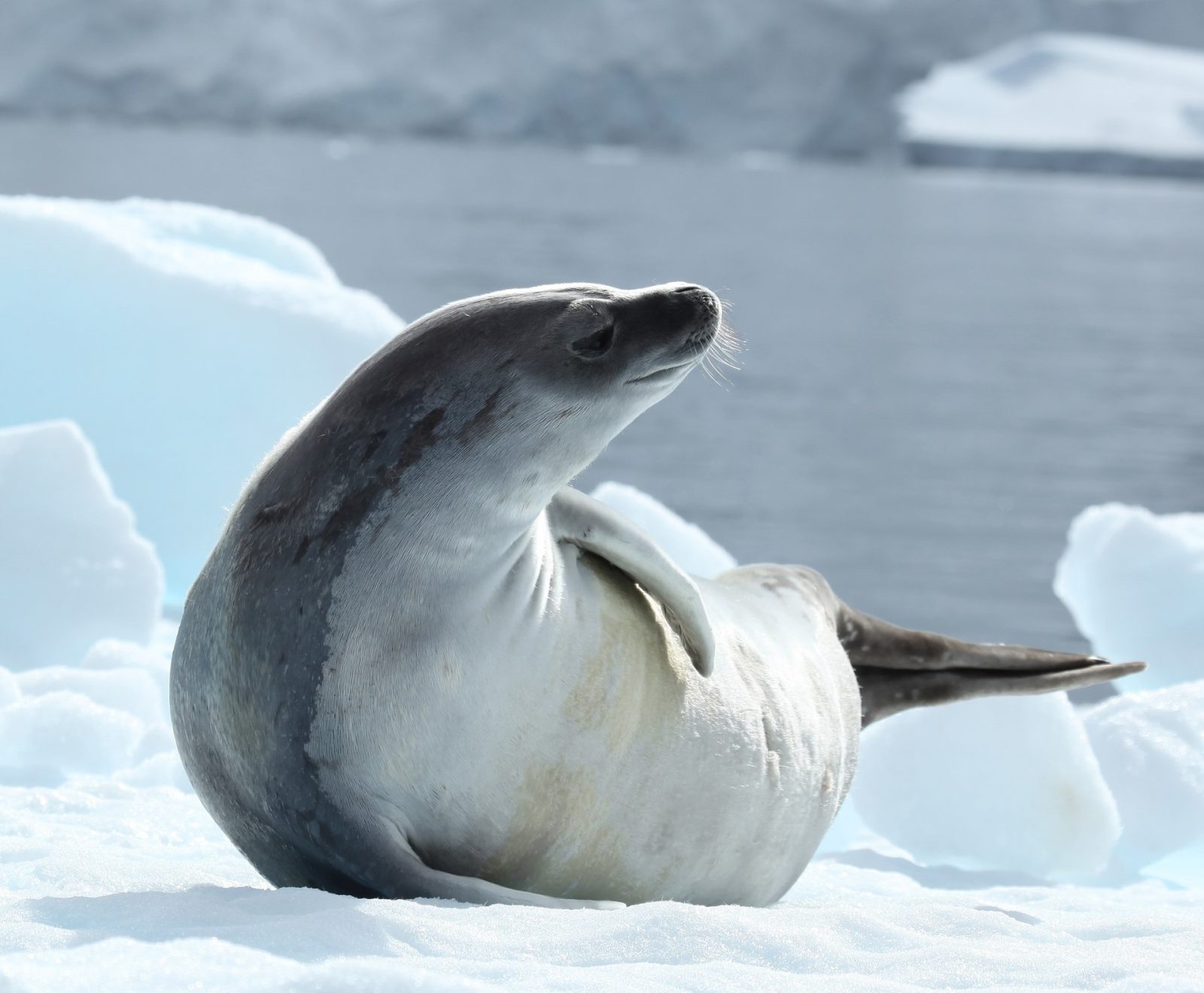
Crabeaster Seal
Far and away the most numerous seal in the world, with a current population thought to be between 7 million and 75 million, its success is thought to be as a result of its specialization on Krill, which in the Southern ocean is in great supply.
They have a sieve-like structure in their teeth which allows them to access krill with ease.
Oddly, despite their name they do not eat crabs.
Crabeater seal pups are in important food-source for the leopard seals.
They are found around the coast of Antarctica, and there do not appear to be any subspecies that have formed. It is thought that the most accurate estimate of current numbers would be in the region of 7 million individuals.
They appear to enjoy company, having been seen hauled out in groups of thousands, as well as swimming and fishing in groups of several hundred.
Oddly, they have been noted to wander inland further than any other seal. Bodies have been found 100km from water, and as high as 1000km above sea level.
It is thought that as much as 80% of pups do not survive their first year, falling prey to the leopard seals. While there are plenty of documented occasions of killer whales predating these seals, they are incredibly tenacious, and it seems that killer whales usually go after other seals which prove an easier meal.
